How can we see stars as they first come into being? This month, we're looking at ALMA - the Atacama Large Millimetre Array - possibly the most complicated telescope to date, that promises to peer into star forming regions. Plus, we chat to some of the winners of the 2012 Astronomy Photographer of the Year competition, and find out what it takes to start taking pictures of the heavens.
In this episode
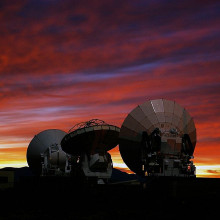
The Atacama Large Millimetre Array
with John Richer, Cambridge University
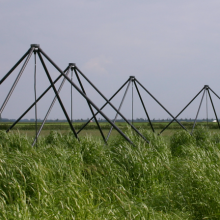
Building Better Detectors
with Sarah Thompson, Cambridge University
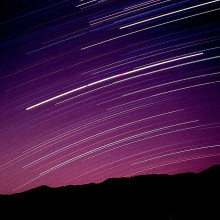
The Astronomy Photographer of the Year 2012
with Marek Kukula & Olivia Johnson, Royal Observatory; Peter Lawrence, Sky at Night; Chris Warren & Thomas Read, Category winners.
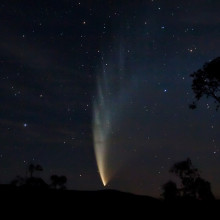
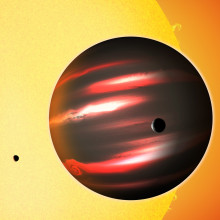










Comments
Add a comment